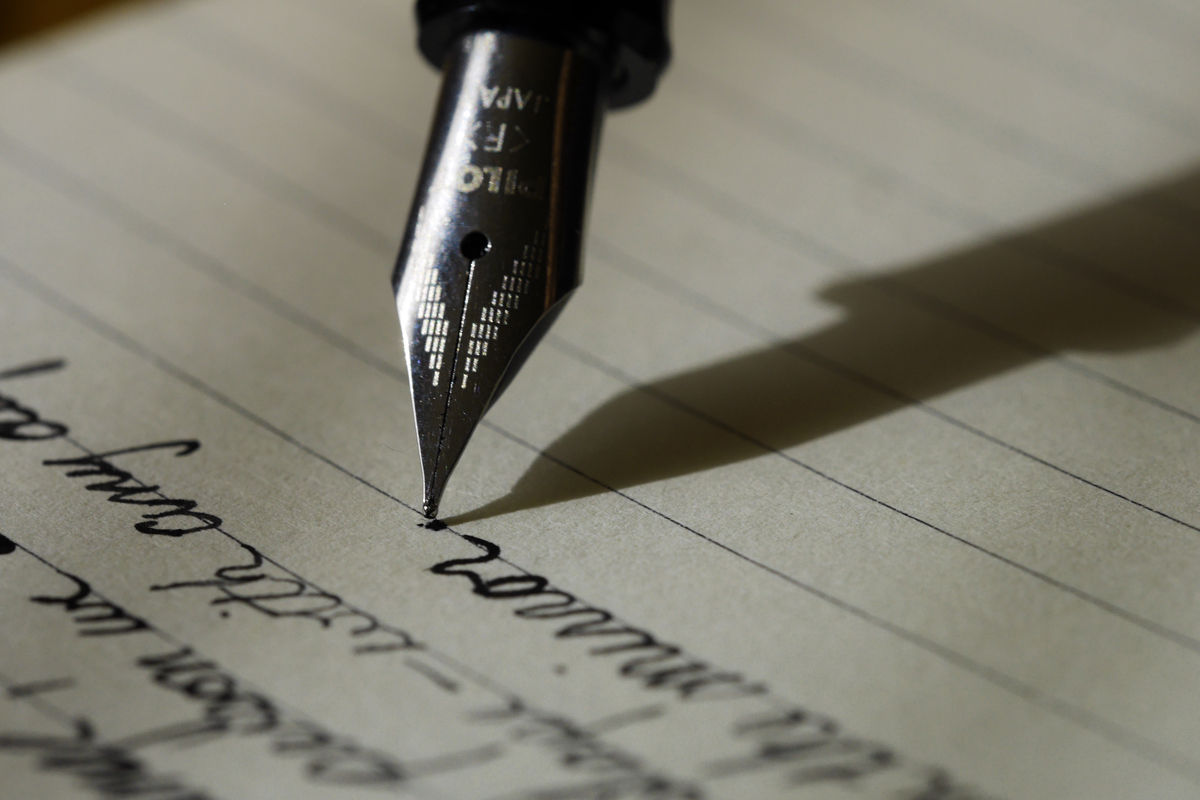Of all the punctuation marks that exist, the comma is among the most shrouded in doubt. Some writers prefer to omit this humble little mark altogether for fear of misusing it, while others are more generous and scatter commas liberally throughout their work. The truth is, however, that commas are really quite simple.
Although your use of commas might vary a little depending on which style guide you consult there are some basic rules that are almost always relevant. Here’s a straightforward guide to using commas in your writing.
Within a List
Put a comma after each item in a list that contains three or more items. Some style guides recommend omitting the final comma, but it can be useful for avoiding ambiguity. This is the infamous “Oxford comma”. Take a look at the examples below to see how it works.
“There were a selection of sandwiches on offer: cheese and pickle, coronation chicken, peanut butter and lettuce.”
“There were a selection of sandwiches on offer: cheese and pickle, coronation chicken, peanut butter, and lettuce.”
This rule also applies to lists of adjectives, but only where the comma could reasonably be swapped with the word “and”. Thus, this sentence demonstrates the correct use of a comma:
“It was a dark, stormy night.”
This sentence does not:
“He was a happy, little fellow.”
Before Most Conjunctions
You’ll usually want to include a comma before each of these words whenever they’re used (as they usually are) to join together two independent clauses in a sentence.
- And
- But
- For
- Nor
- Yet
- Or
- So
Here’s an example, but you probably already have the basic idea:
“I went to fetch her, but she wasn’t there.”
For Introductory or Paranthetical Phrases
Whenever you use an introductory phrase to begin a sentence, you should follow it with a comma. This isn’t necessary for single-word phrases like “Shortly” or “Next” (unless leaving it out would be confusing, in which case, include it!), but should be applied when writing anything longer. Here’s a example:
“Because of the storm, the boat was delayed.”
Commas should also be used to set off asides. If you have a clause in the middle of your sentence that can be lifted out entirely and still leave a coherent sentence, then it’s an aside, and you can bracket it with commas.
“I looked for Harry, the tallest of the bunch, in the crowded marketplace.”
To Punctuate Speech
Use a comma to set off quoted speech from the rest of a sentence.
“That’s interesting,” he said.
He said, “That sounds interesting.”
If there’s another punctuation mark at the end of an utterance, you can skip the comma, like this:
“Watch out!” he cried.
And, on that note, watch out for sentences like this:
“That’s interesting,” he said. “Isn’t that interesting?”
Although the speaker continues speaking after the speech tag, he has started a new sentence, and you should too. If he was instead continuing a sentence that had been interrupted by the speech tag, you would punctuate it like this:
“Well,” he said, “I think that’s really interesting.”
Dates, Locations, Numbers
Commas also often appear in between the date and the year when writing a date, or between two locations where one is a smaller part of the other.
“It was January 1st, 2001 in London, England.”
Sometimes commas are used in numbers as well, to make them easier to read on the page.
He owes me 10,000 dollars.
Generally speaking when using commas within numbers, you want to make groups of three digits, starting from the right. Simple!
For Contrast
You can also use a comma to set off part of a sentence that contrasts with or responds to the rest. Here are a couple of examples where the comma highlights the contrast:
“He thought it was a nice idea, not a successful one.”
“It was raining outside, not indoors.”

